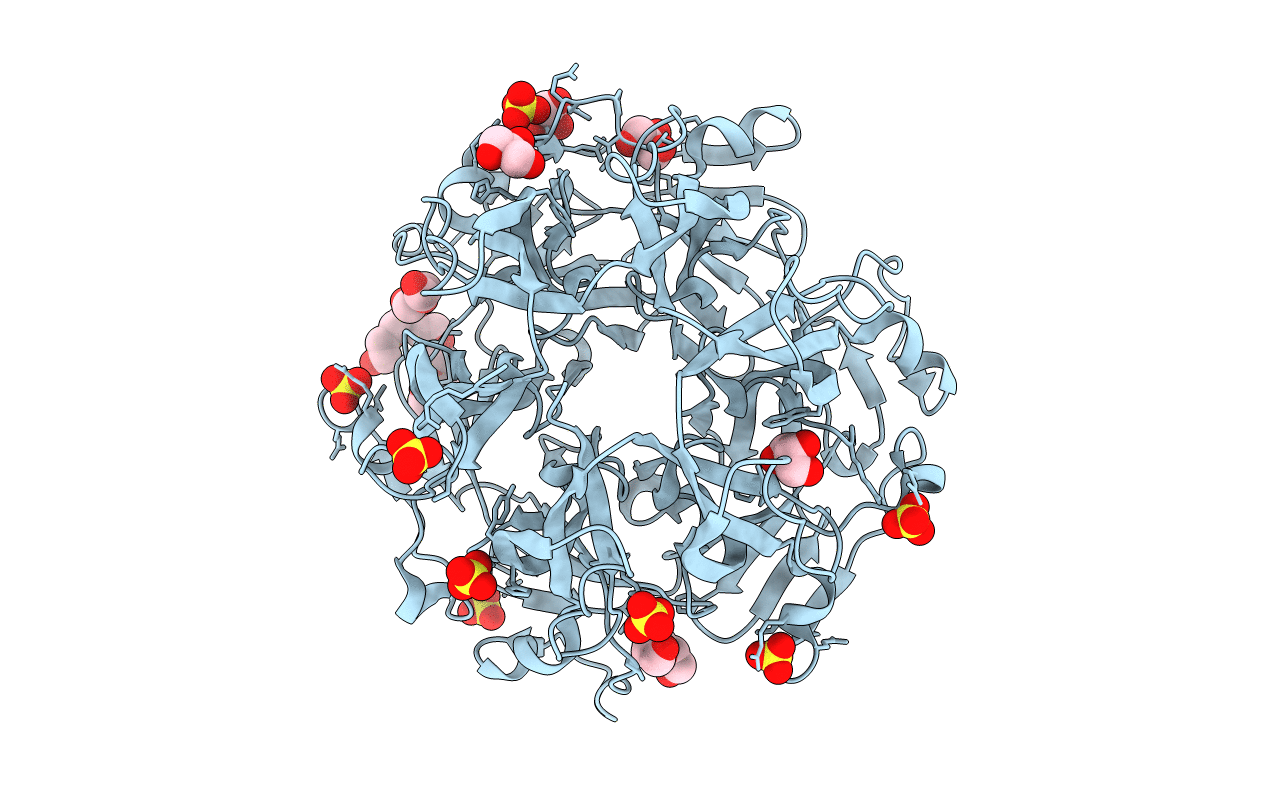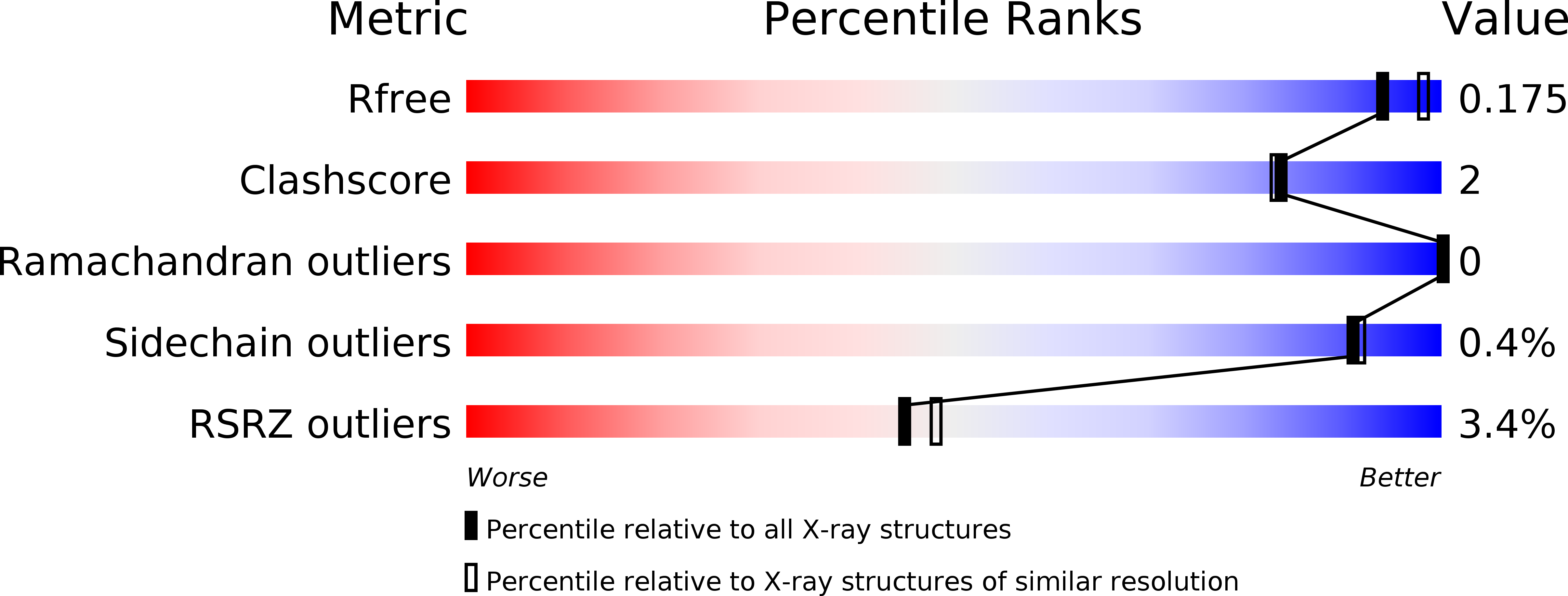
Deposition Date
2018-10-09
Release Date
2019-04-03
Last Version Date
2024-10-16
Entry Detail
PDB ID:
6MPX
Keywords:
Title:
Twelve chloride ions induce formation and stabilize the NC1 hexamer of collagen IV assembled from transition state trimers
Biological Source:
Source Organism:
Homo sapiens (Taxon ID: 9606)
Host Organism:
Method Details:
Experimental Method:
Resolution:
1.90 Å
R-Value Free:
0.17
R-Value Work:
0.14
R-Value Observed:
0.14
Space Group:
P 41 21 2


